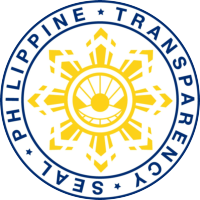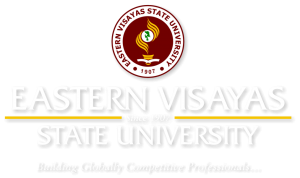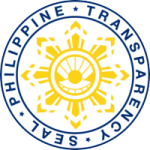Proponent(s)
Abstract
The growing incidence of plagiarism in schools and universities requires the adoption of efficient techniques to identify and discourage academic dishonesty. One of the well-known plagiarism detection technologies that is frequently utilized in educational institutions is Turnitin. This paper aims to explore and learn about the challenges faced by BS Accountancy students using Turnitin and its effectiveness in detecting plagiarism, as well as its impact on students' attitudes and behaviours towards plagiarism and academic honesty. This study used qualitative methods where in; a total of 26 BS Accountancy students were chosen as the participants; The researchers used Thematic Analysis by Braun and Clark (2006) in evaluating their data by coding the interview transcripts through Saldana’s (2016) manual coding: the first cycle through in vivo coding, the second cycle through eclectic coding, and axial coding. The results revealed the following themes: promoting academic integrity; unlocking potential for academic excellence; promoting intellectual property and ethics; navigating the challenges of Turnitin as a plagiarism detection tool; addressing the issues of plagiarism detection; safeguarding against copyright infringement; fostering improvement and software enhancement; assessing Turnitin’s effectiveness in the digital landscape; harnessing the power of a helpful and effective tool; addressing the user’s concerns; and navigating the tool's limitations. These themes, in conclusion, identified the students' perspectives and also highlighted Turnitin's diversity as a plagiarism detection tool. Turnitin promotes academic integrity, challenges, and improvement through transparency and ethical conduct. Educators and developers must collaborate to enhance and optimize the tool to ensure its positive impact on the academic community.





